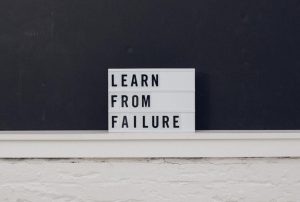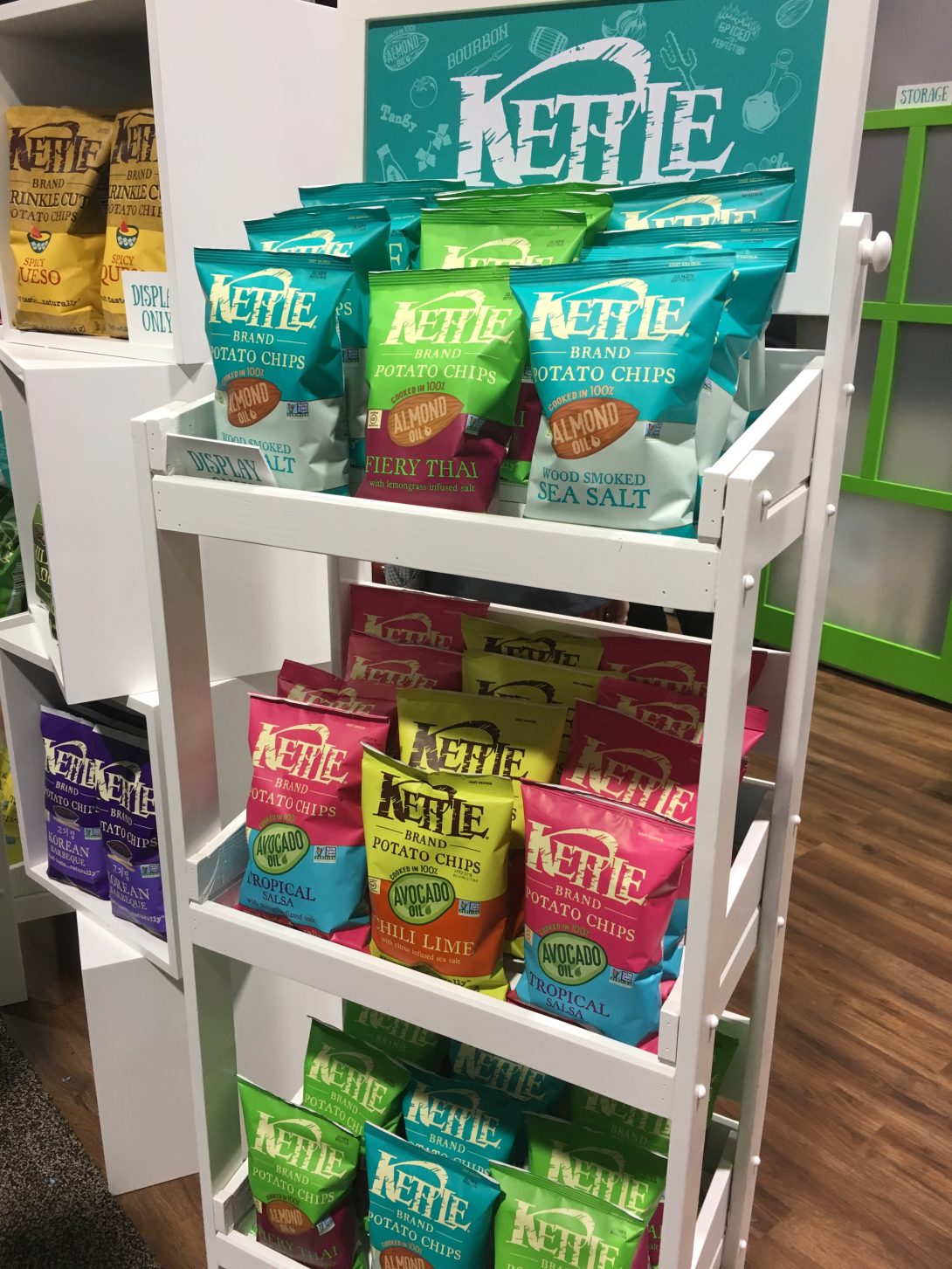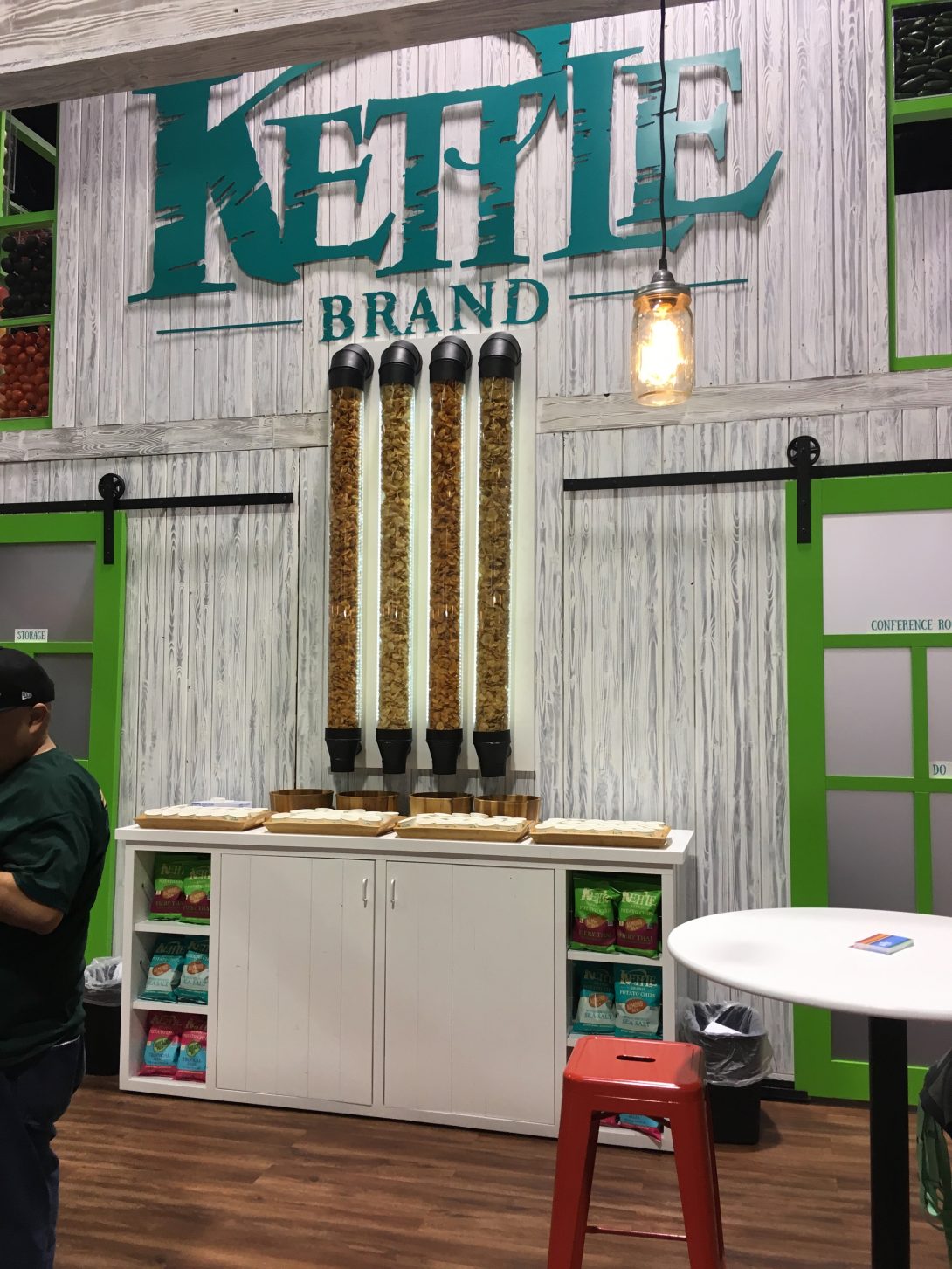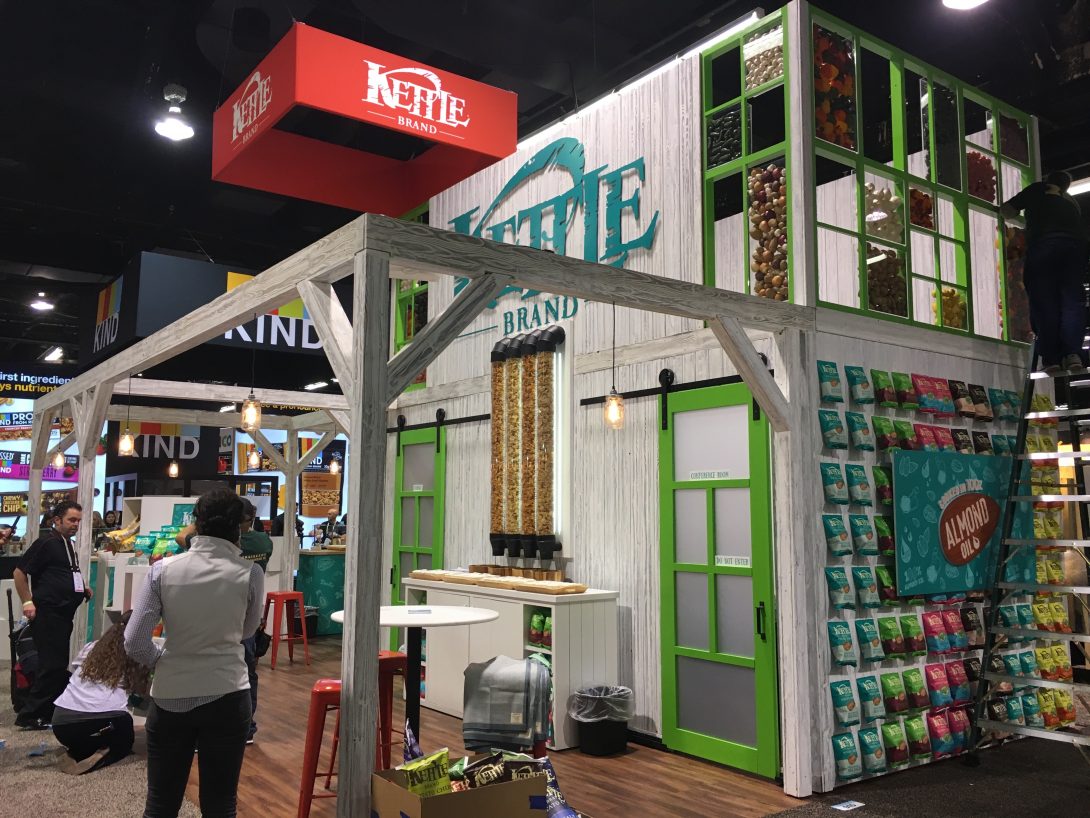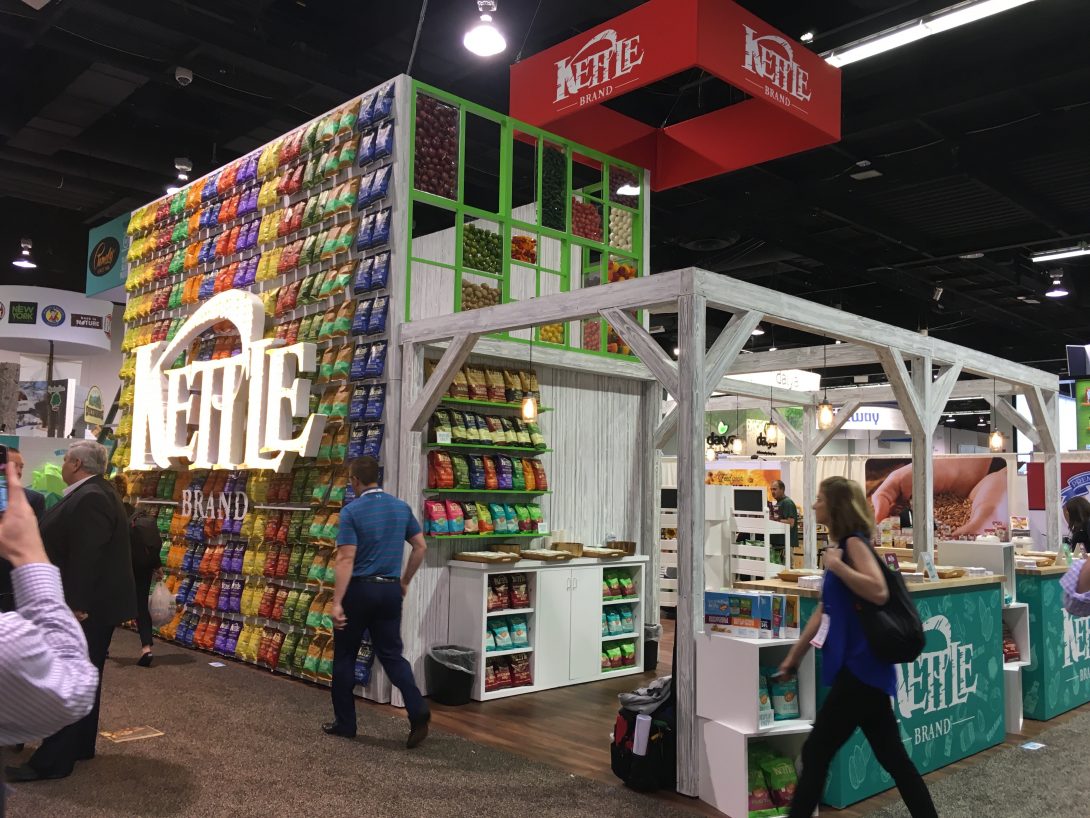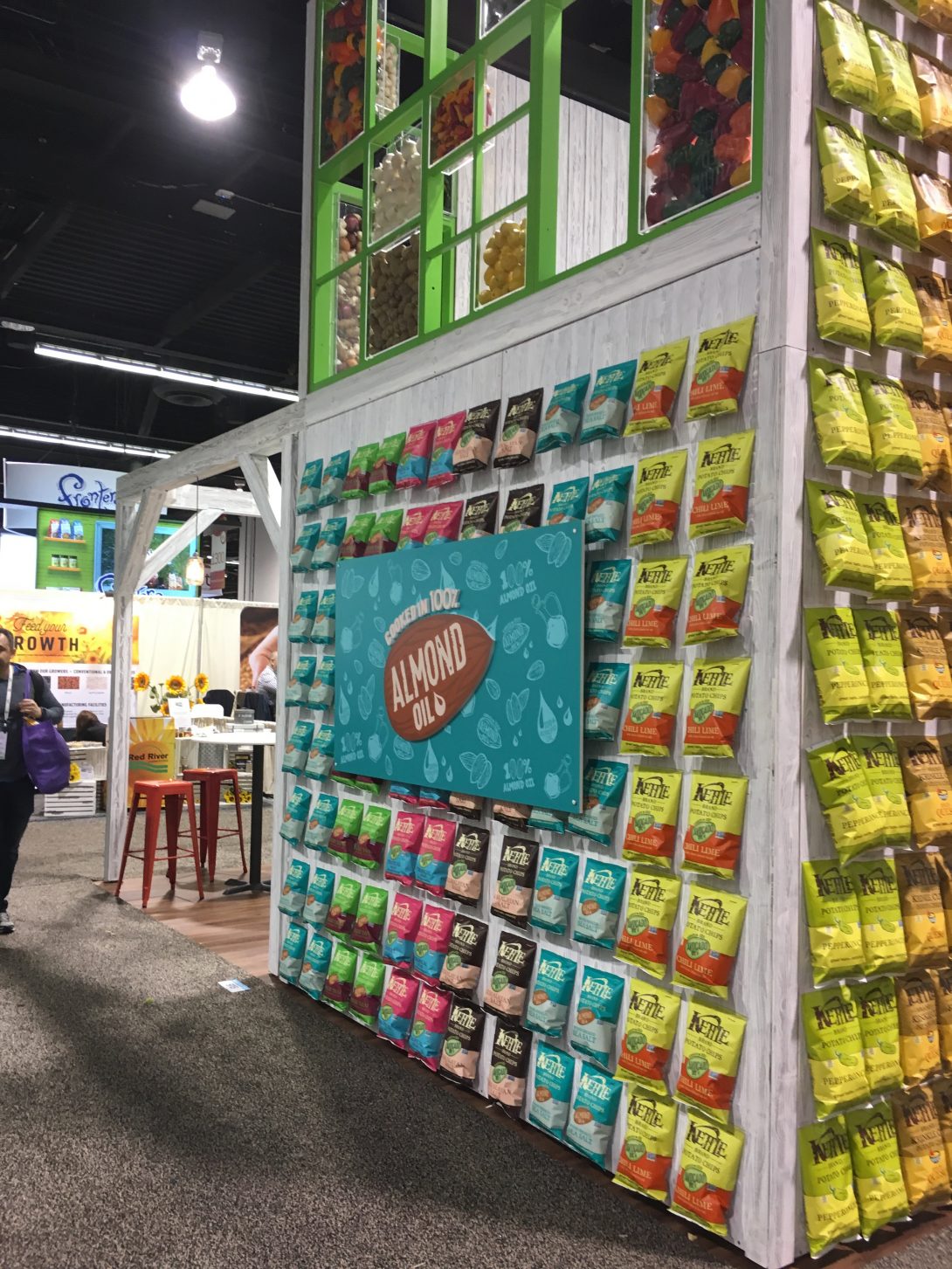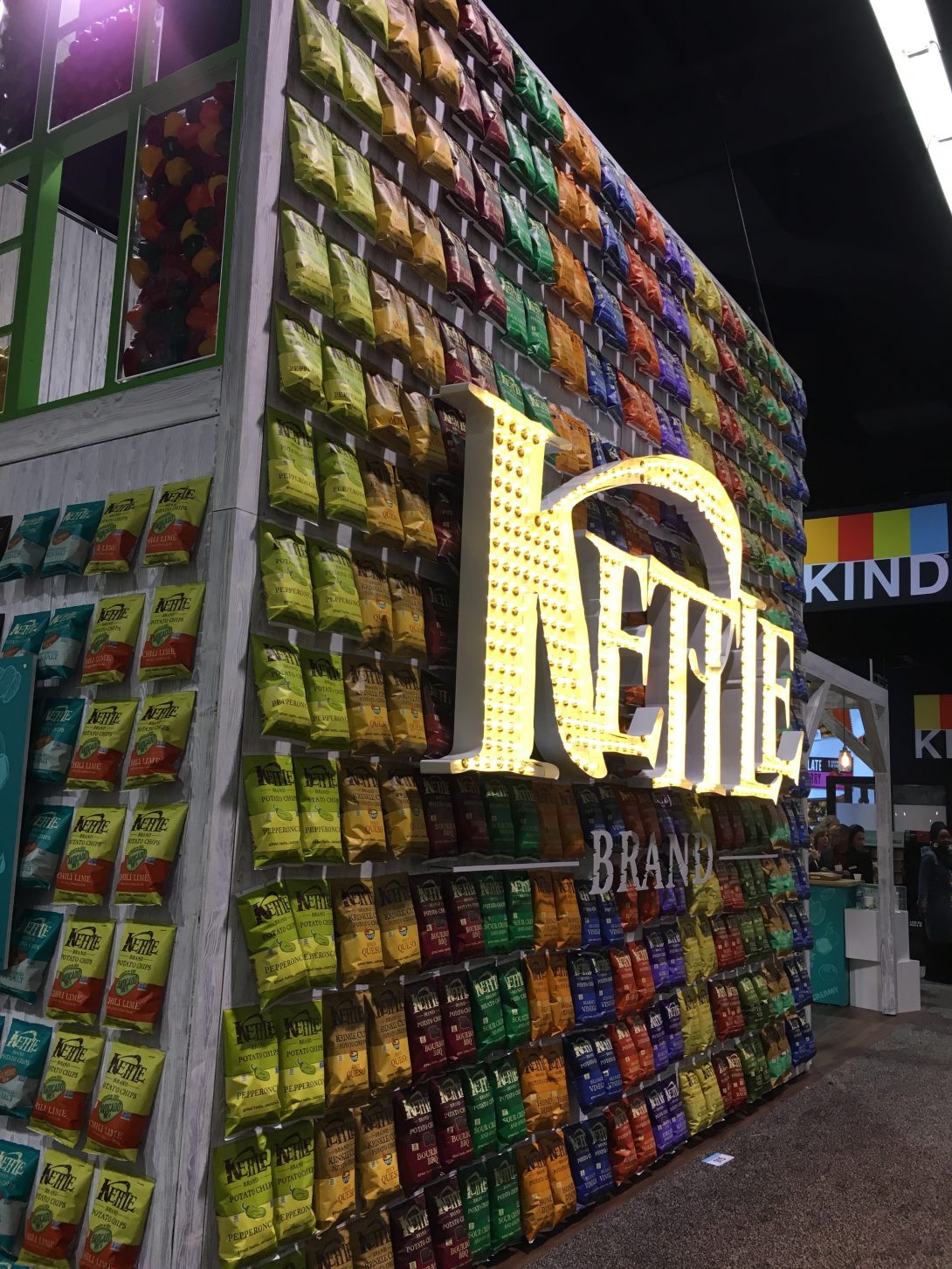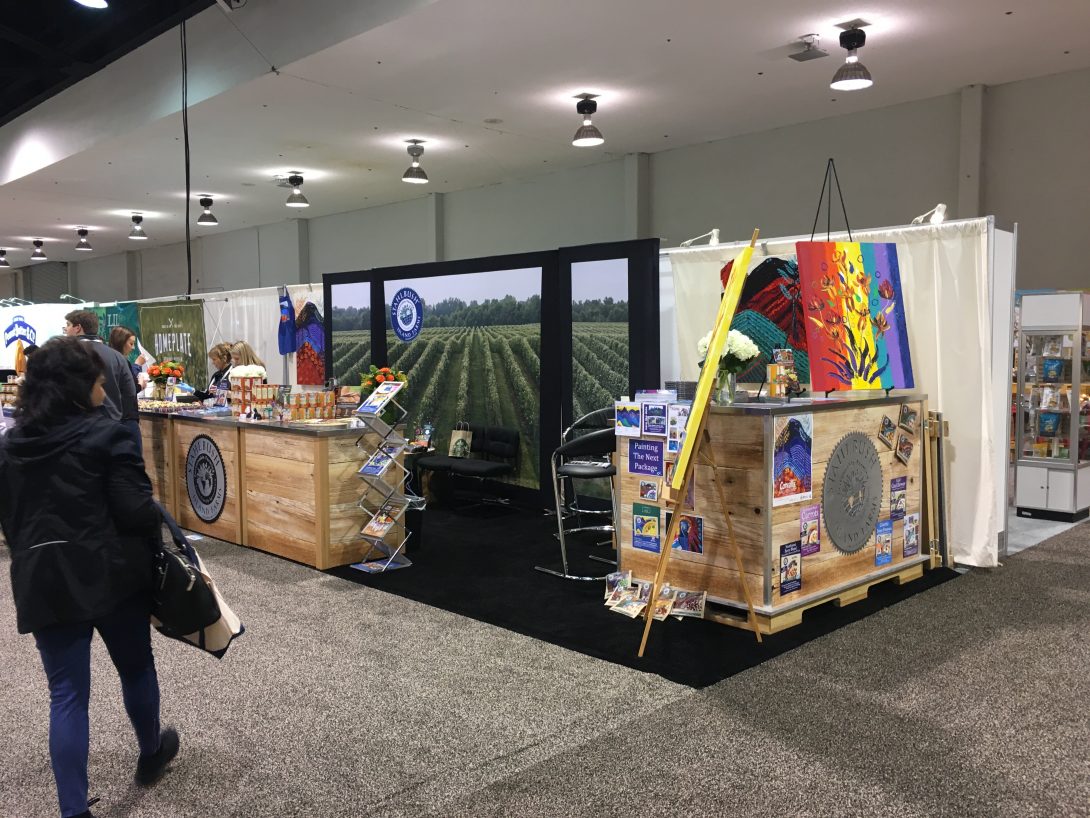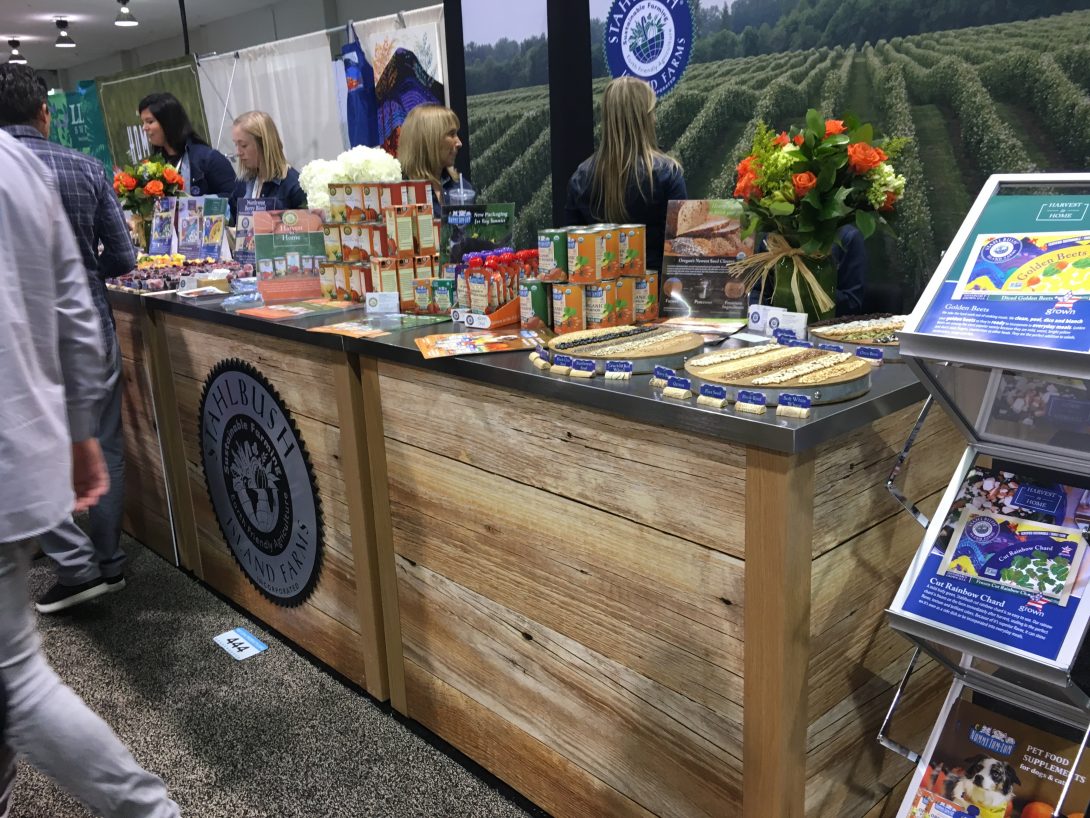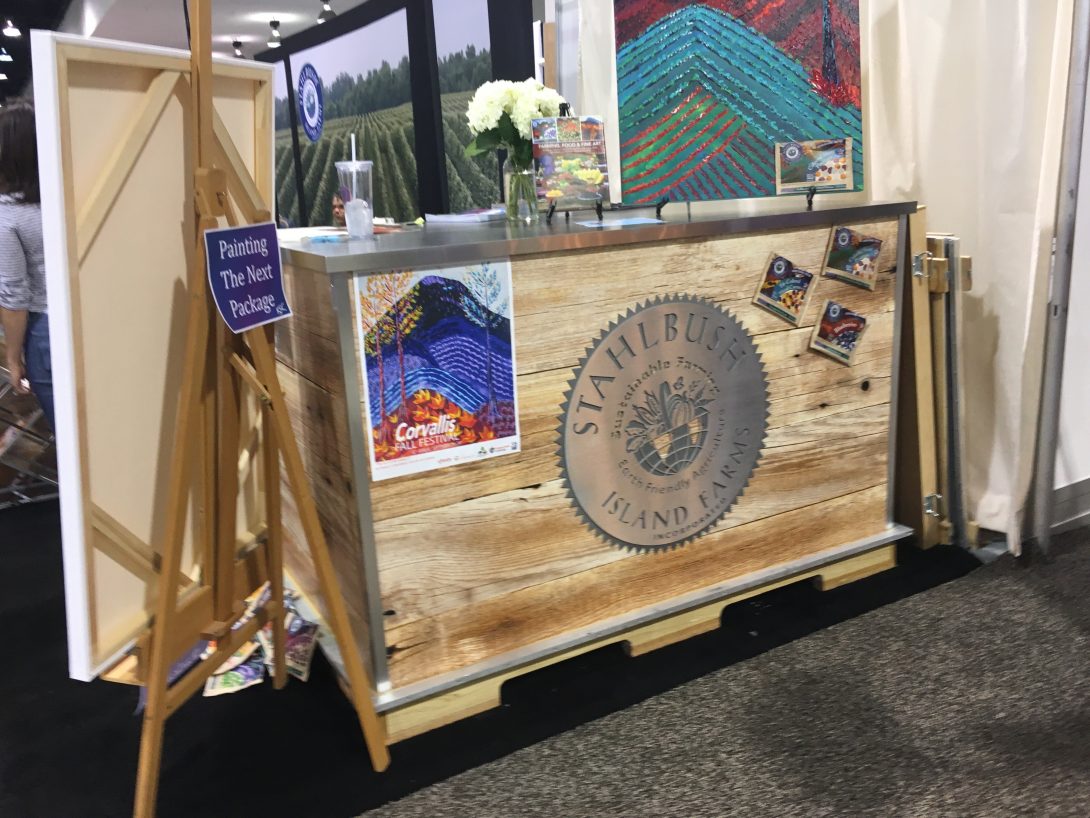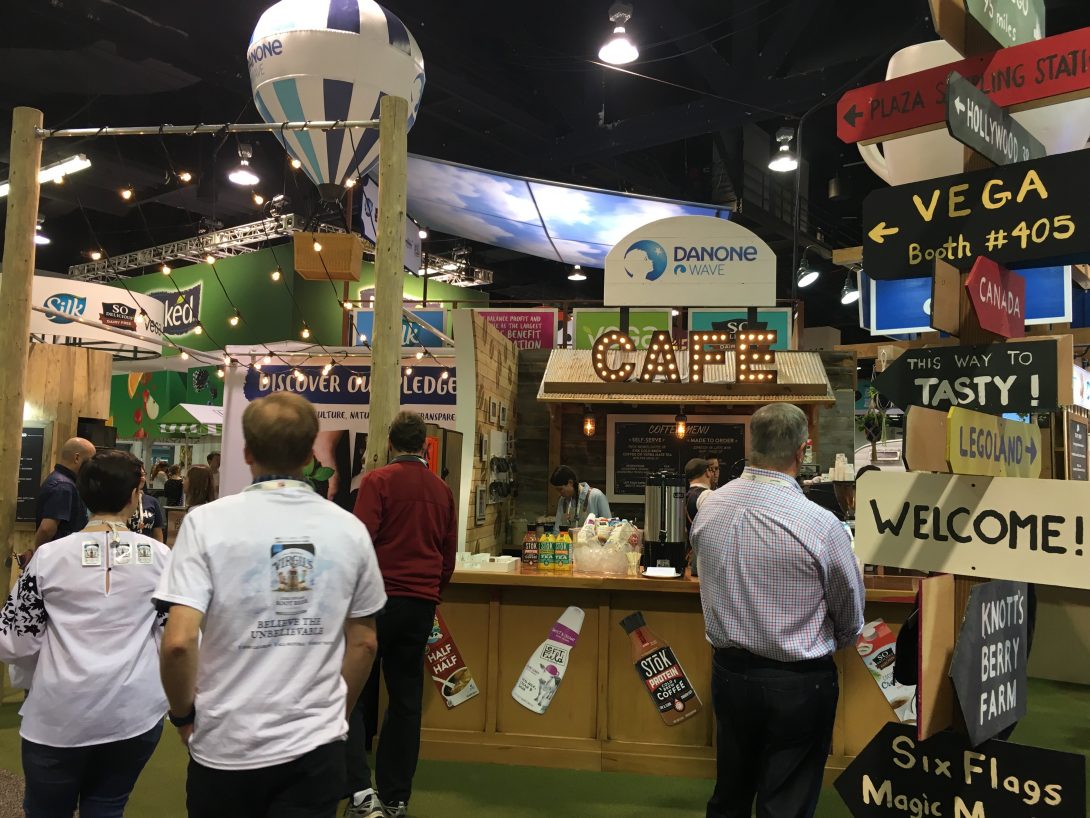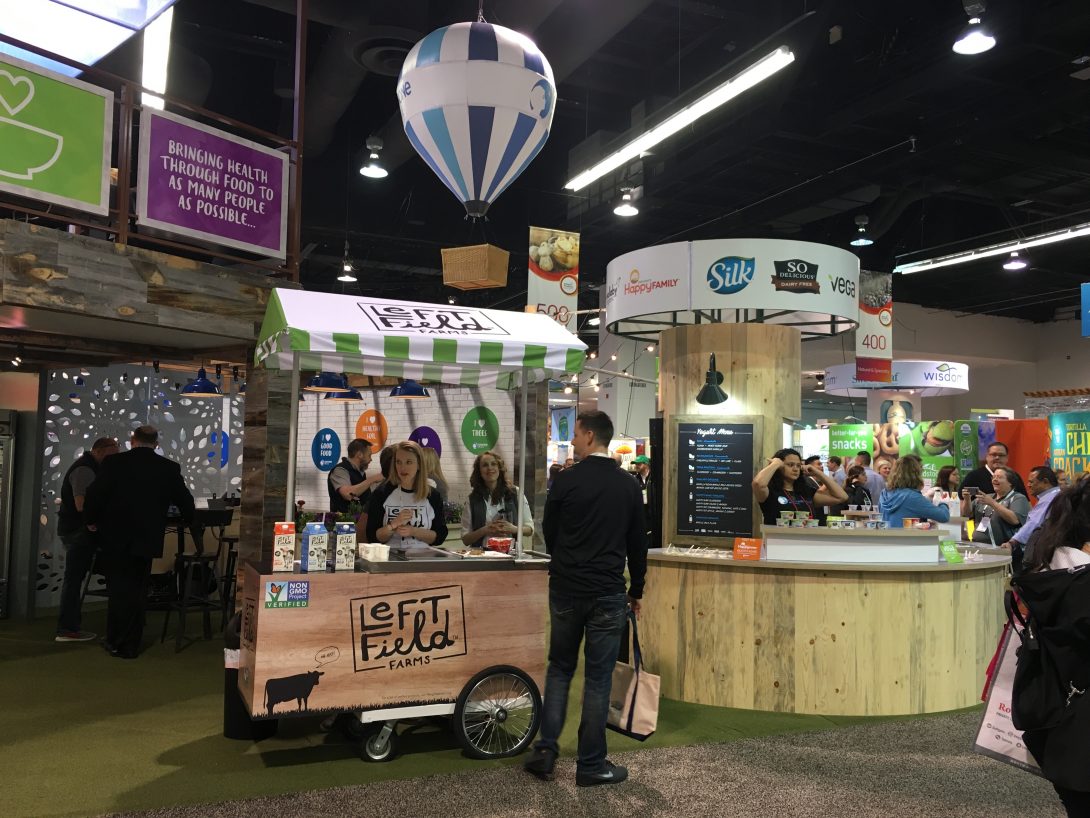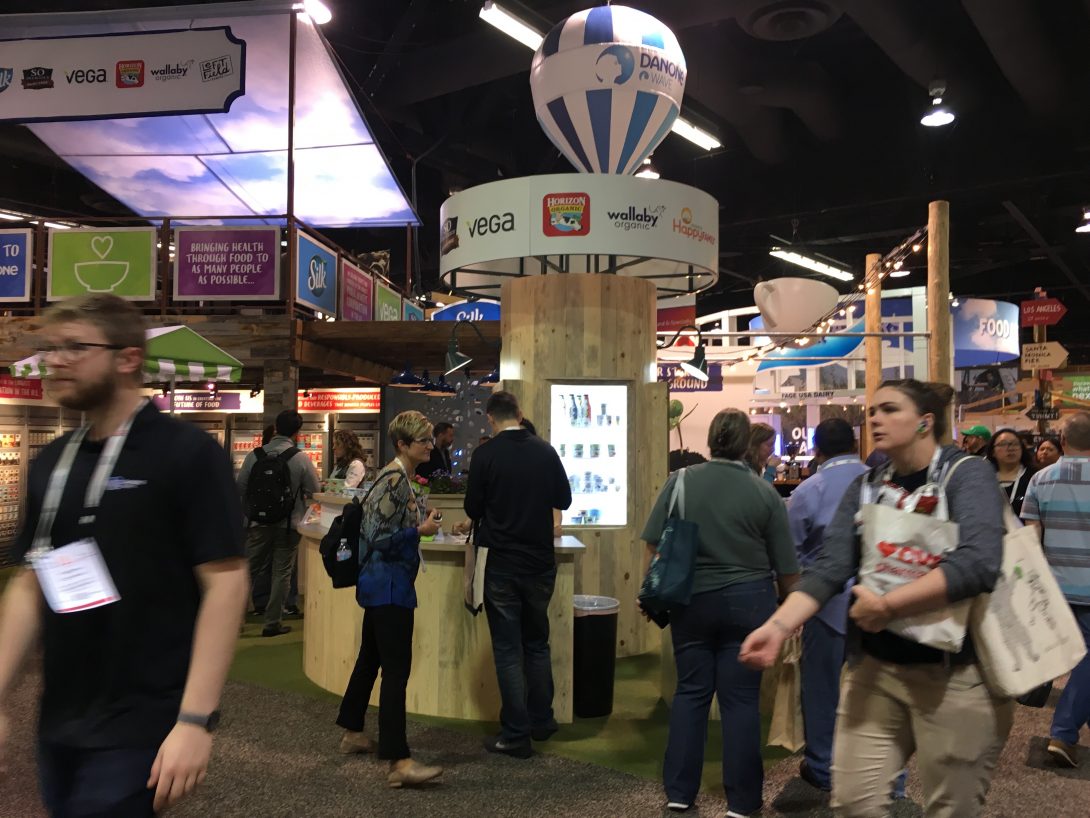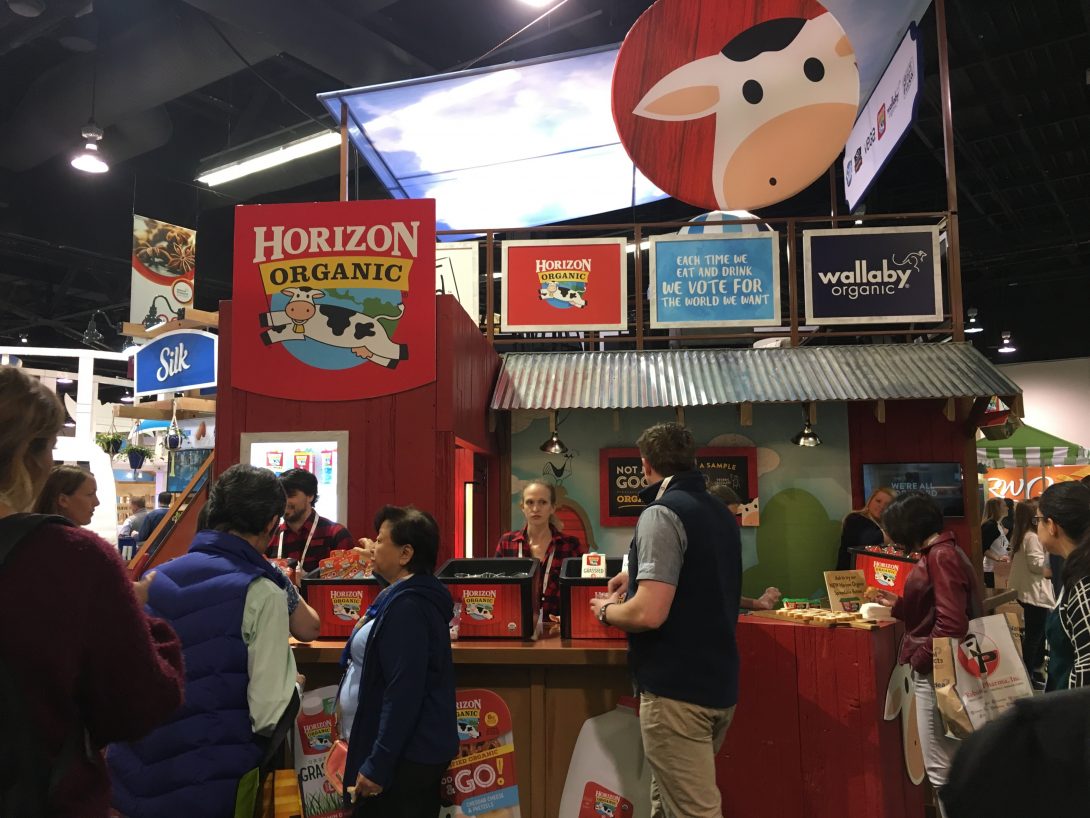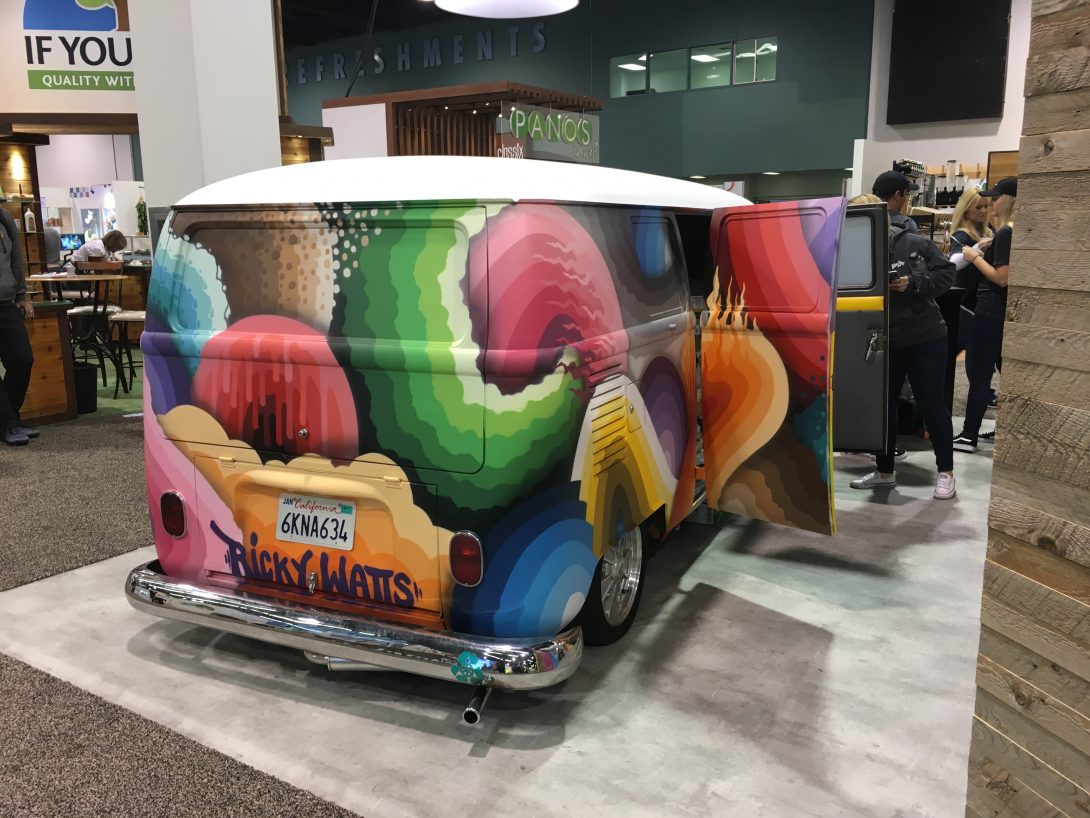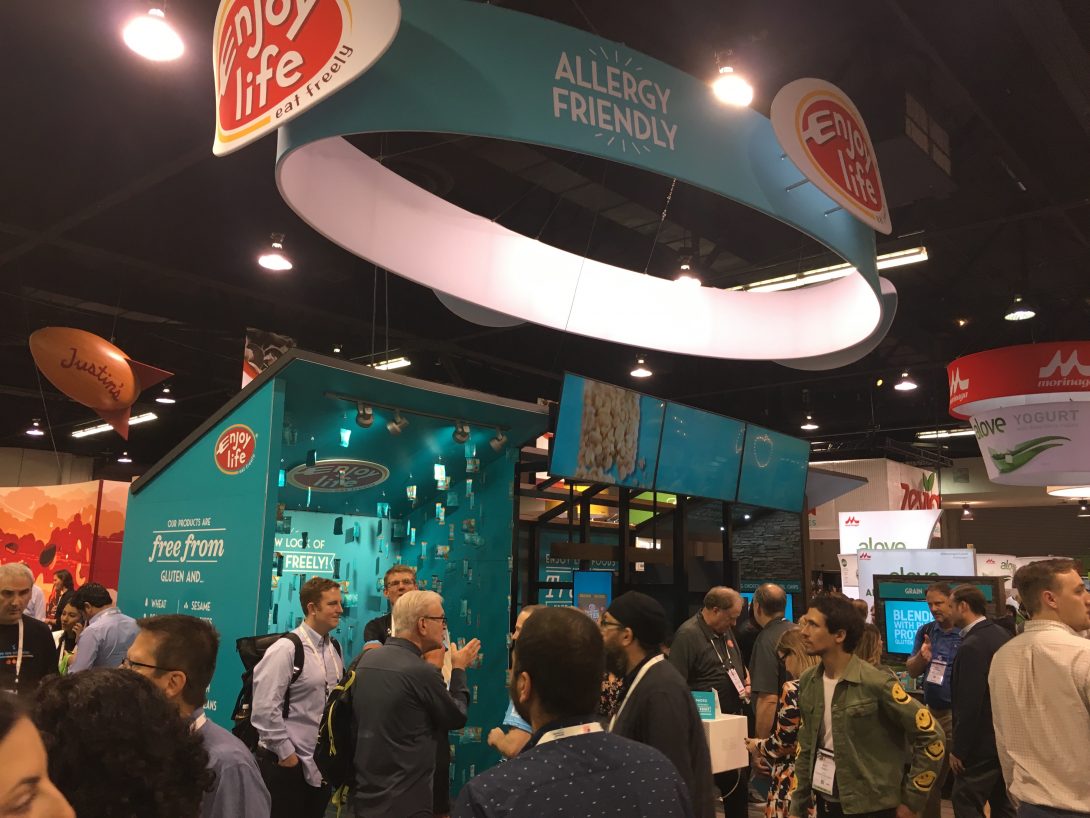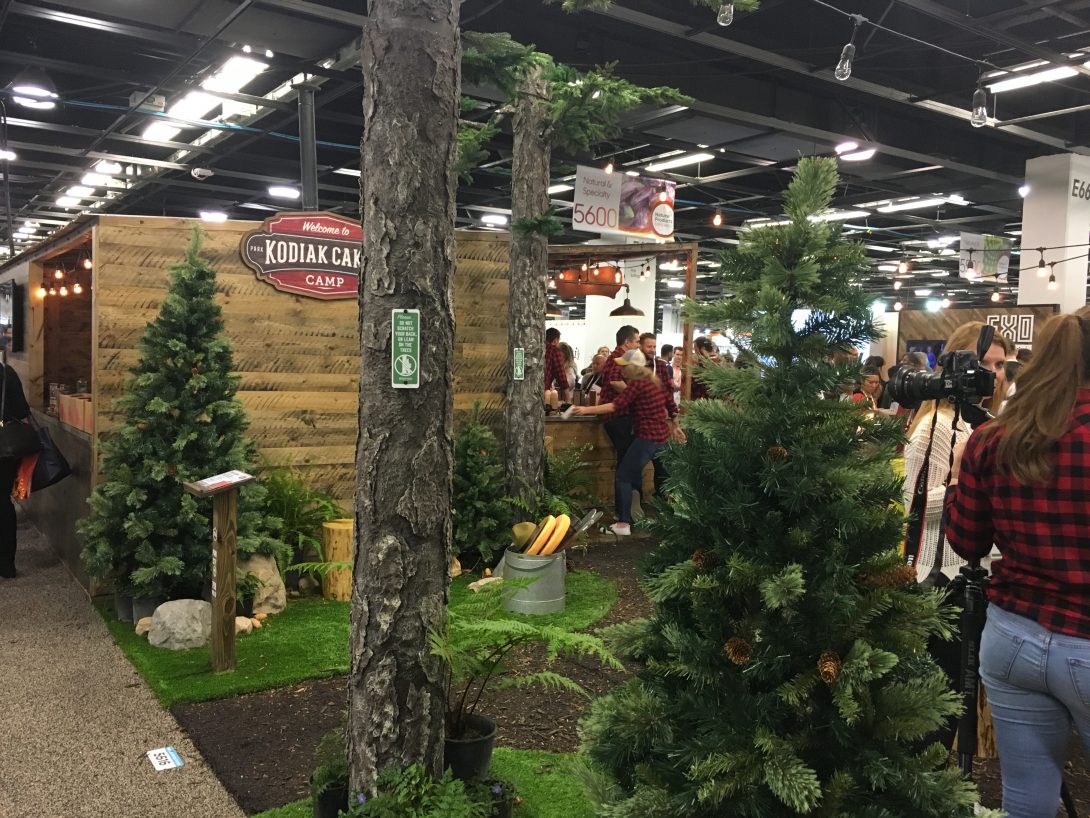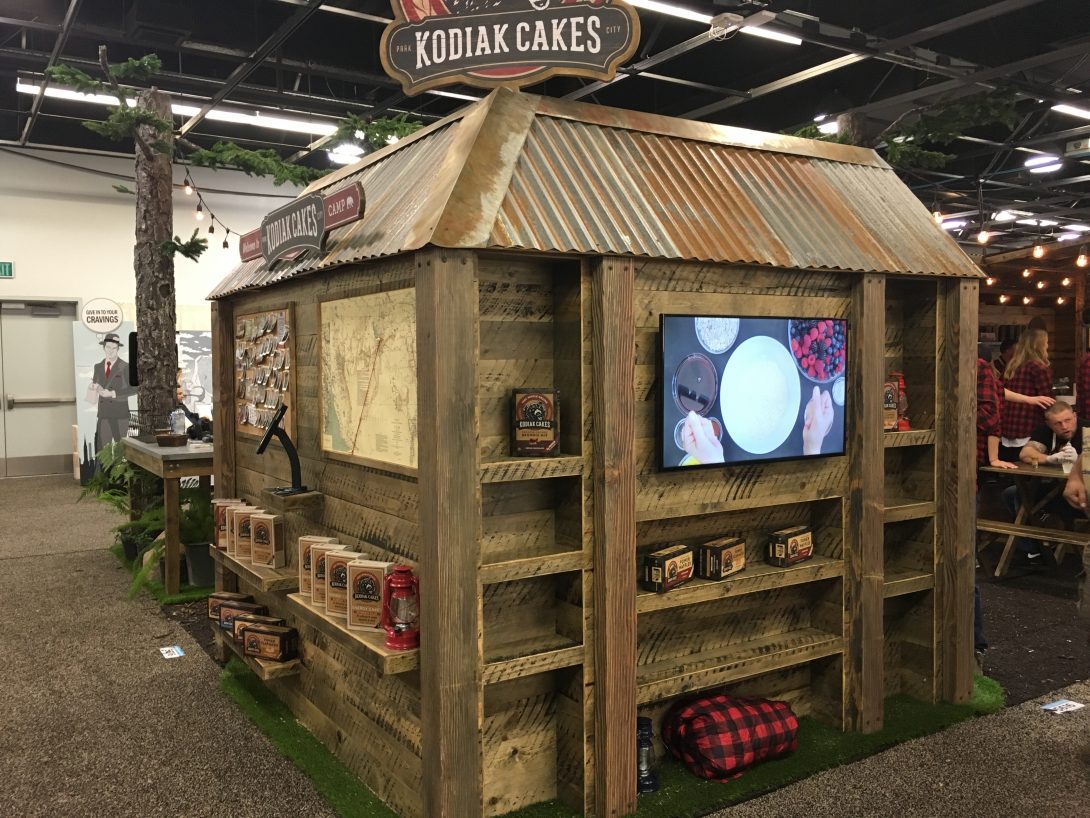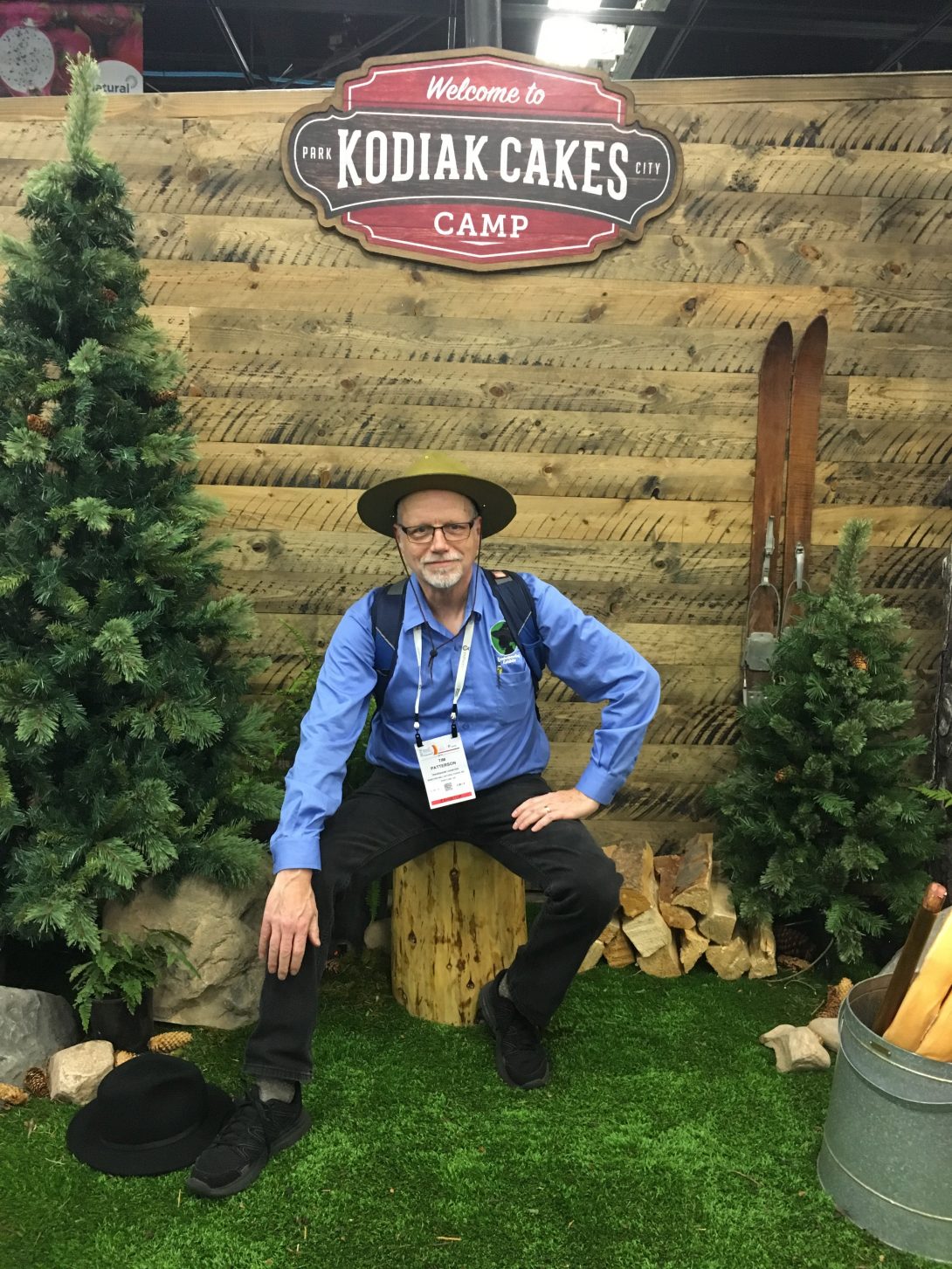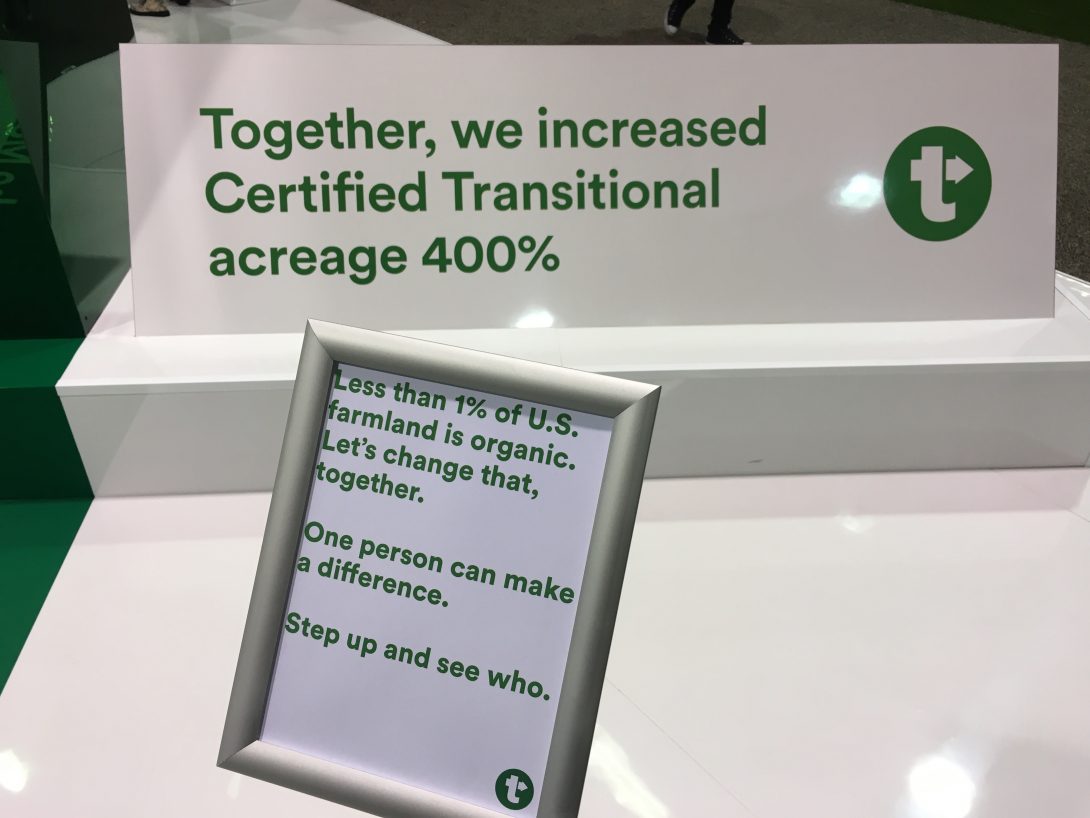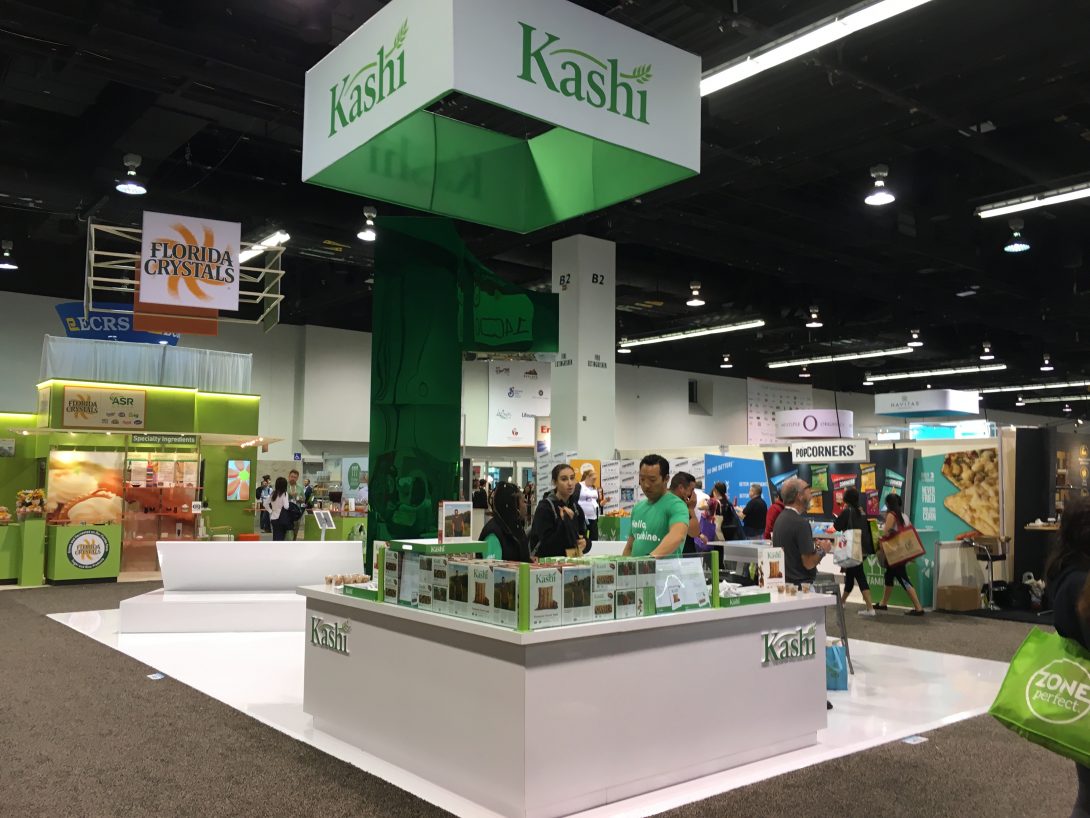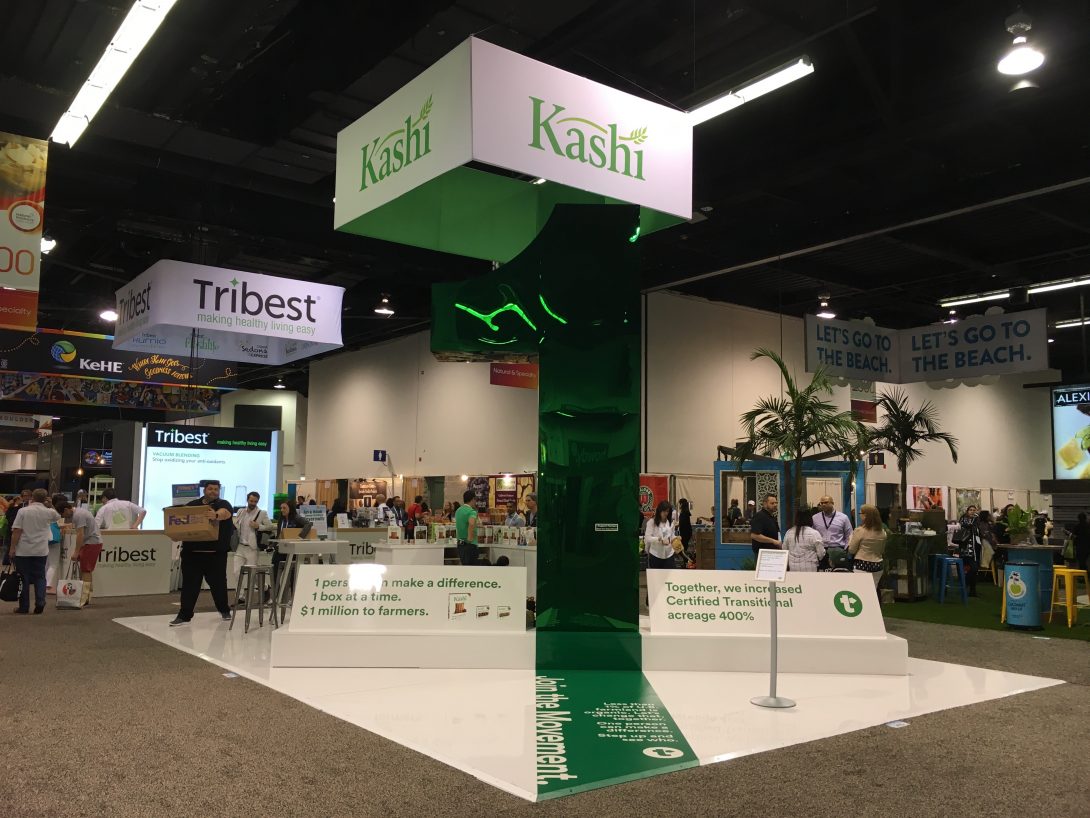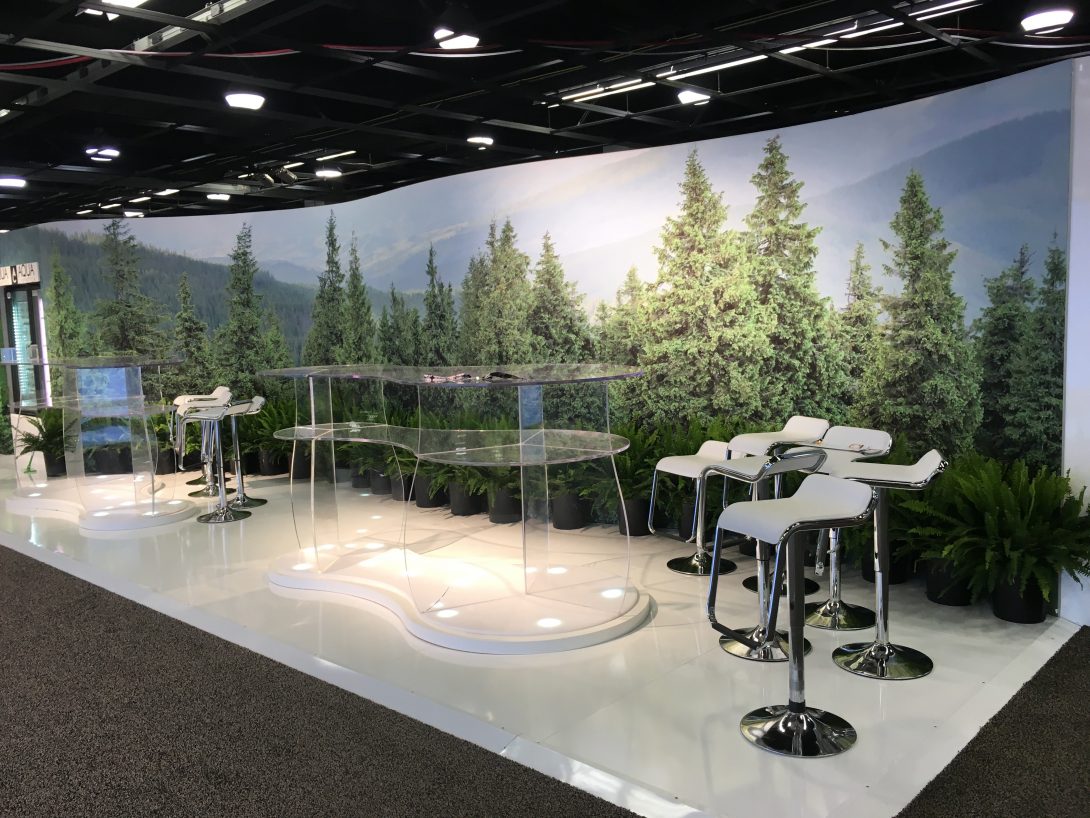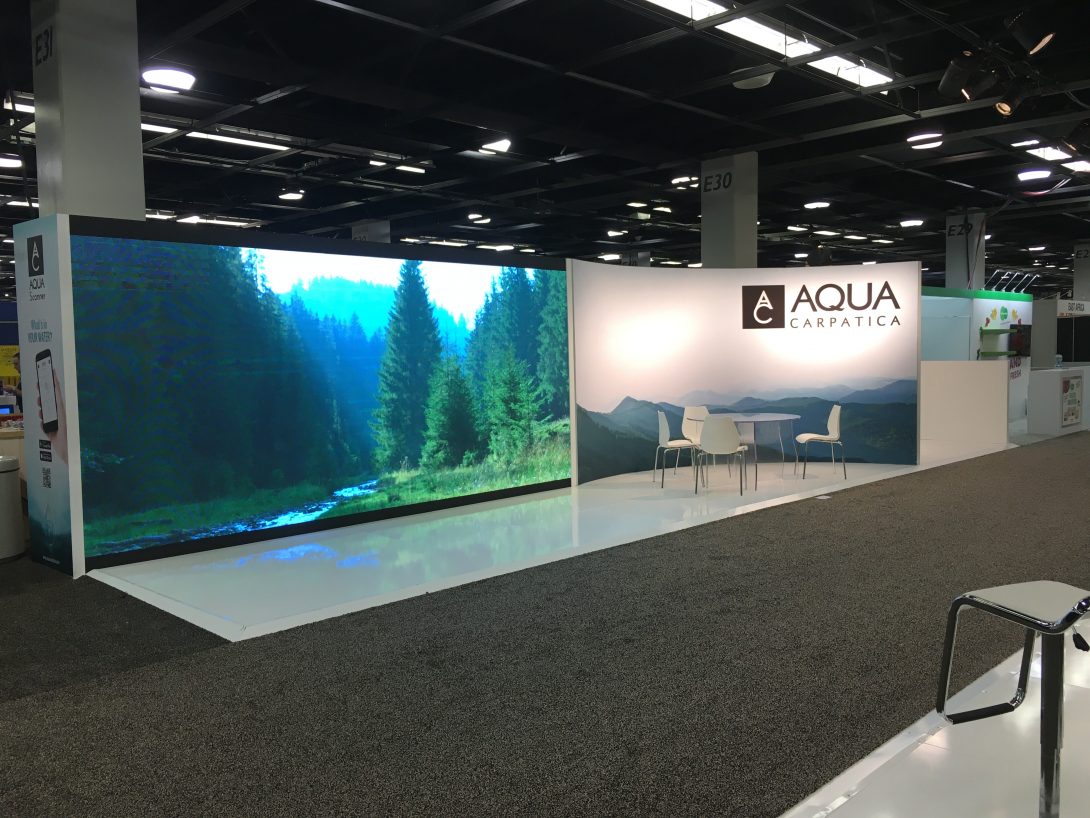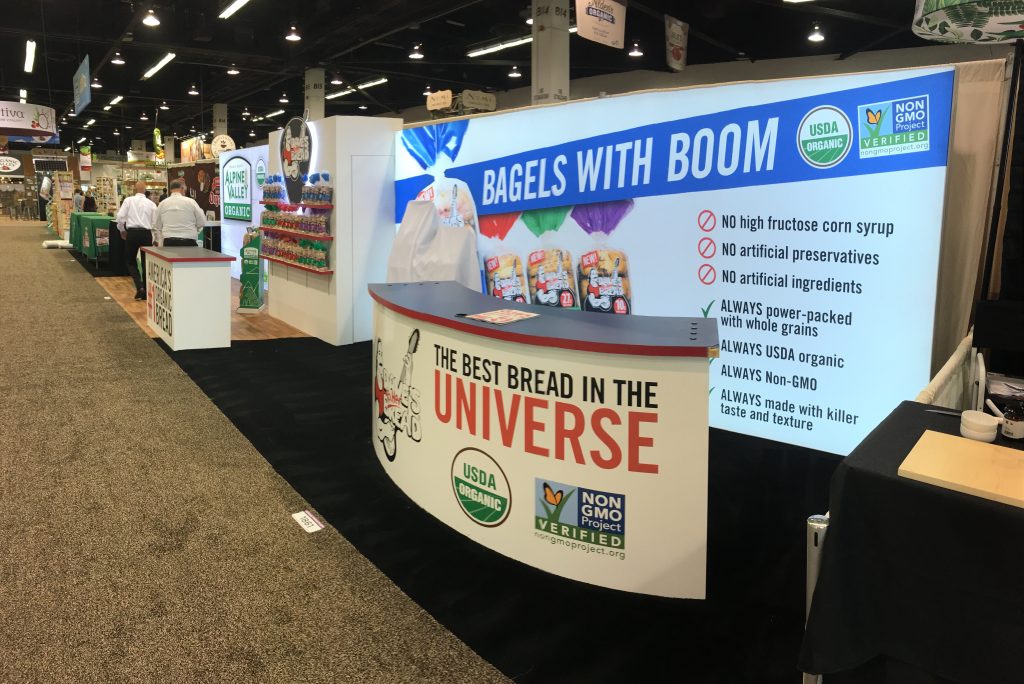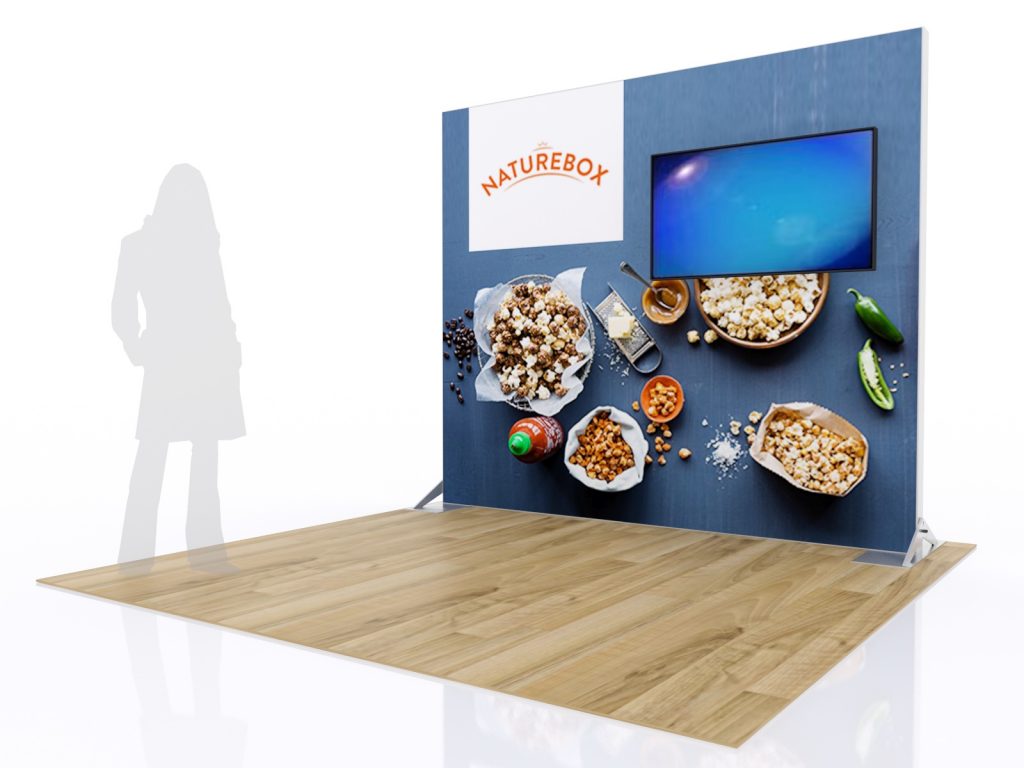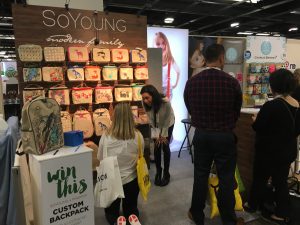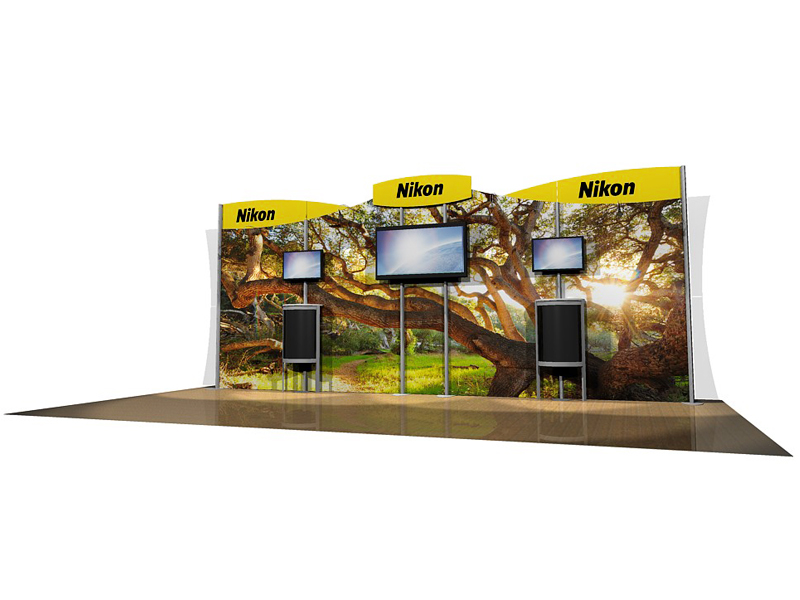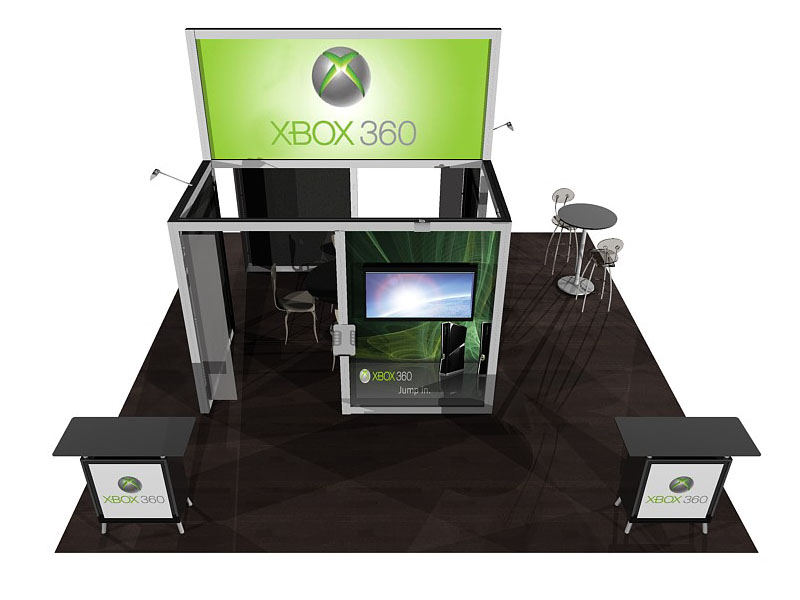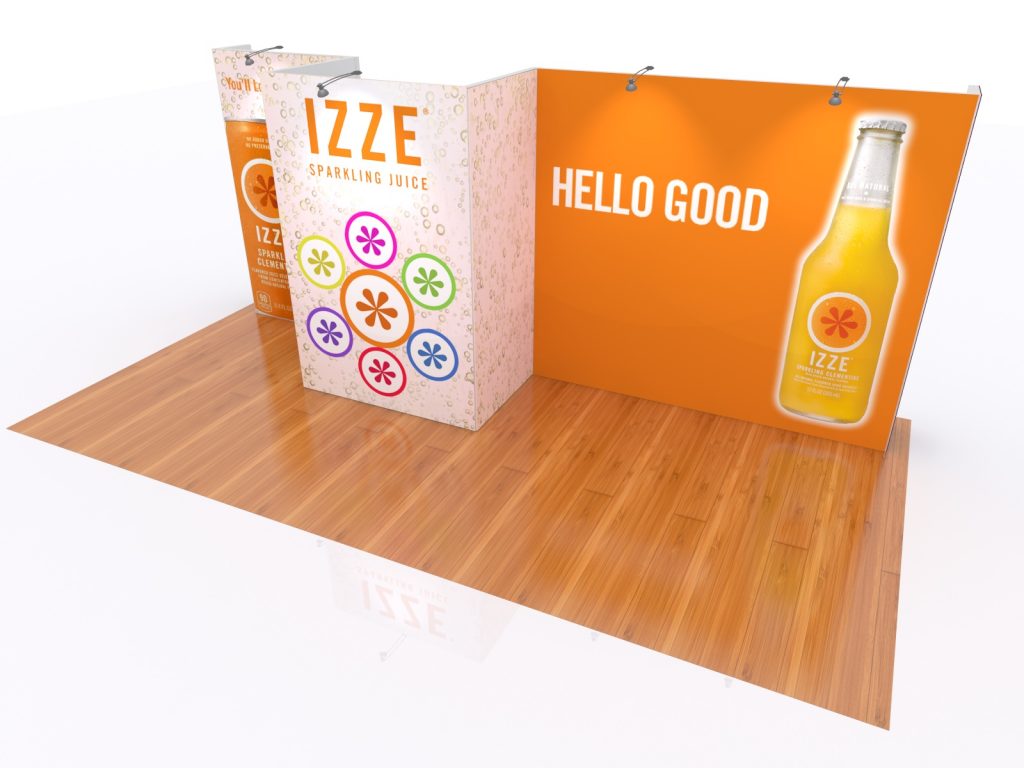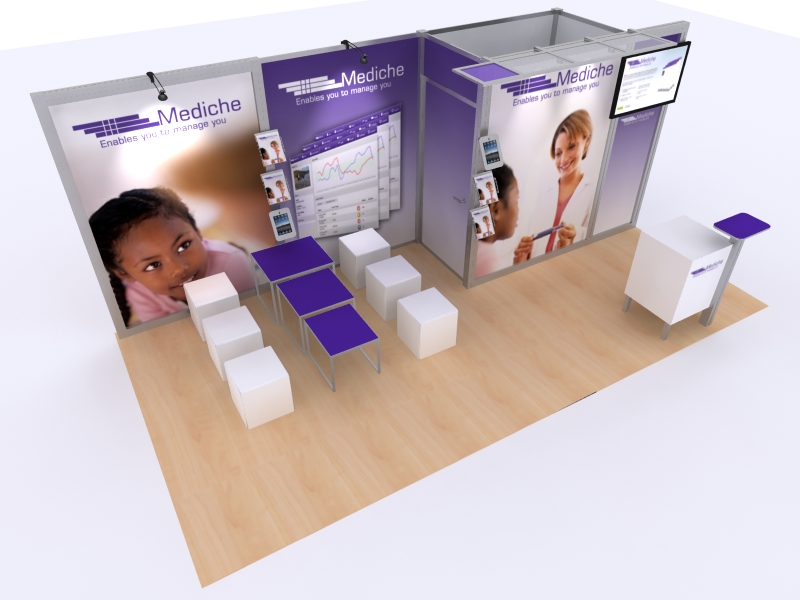7 Snail Mail PreShow Marketing Pieces to Send to Prospective Tradeshow Visitors
Got a tradeshow appearance coming up, but aren’t sure how to exactly get people to come to your booth? Maybe you’re tried emailing people, or spent a lot of time leading up to the show and during the show pitching things on social media but aren’t getting great results? It doesn’t mean that you aren’t doing it right – there are a lot of reasons why things either work or don’t work – but one thing that doesn’t seem to be used a lot these days is sending out snail mail promos to get prospective tradeshow visitors to your booth.
So let’s create a list of seven items that you should consider sending out, in order, prior to the show. Keep in mind, this will cost more than email. In fact, depending on the things you send out, you might kick up a pretty noticeable budget. But for argument’s sake, let’s say you’ve got the budget and want to really get people’s attention.
A NOTE: This will take quite a bit of planning and coordination. You’ll need to sit down with a graphic artist, your product development team to know what new products will be launching, perhaps an outfit that coordinates mail promotions – lots to think through, but I think it’s worth taking a hard look at how this may unfold and get a lot of people excited to come to your booth. I mean, snail mail! Pull it off right and you’ll have a lot of folks looking forward to coming to your booth.
- Postcard Teaser Number One: Send this a few months, say 14 weeks prior to the show. On the postcard, do a “Save the Date!” tease, with the dates, times and location and bare bones information about the tradeshow, including your booth number. Nothing more. Just a teaser.
- Postcard Teaser Number Two: Send this one about 12 weeks prior to the show. Change out the “Save the Date!” verbiage with a little more information. Be sure to include the details (show, dates/times, booth number, etc.), but add some more information. If you’re launching new products, tease that. Doesn’t mean you have to give away all the information, just let people know that you have X number of new products that they’ll be among the first to know about if they come by your booth at the show.
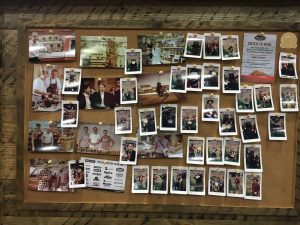
Letter:
Send this about ten weeks prior to the show. It’s more than a postcard, this could be a flyer or letter that does the basics (show dates/times, booth number, new product launch, etc.), but invites them to go online and answer a 2-question survey for a chance to win something. OR…you may invite them to go online to a specially created landing page where they can sign up for an appointment with one of your representatives. The purpose of this email is for your prospect to consider making some sort of commitment to come to your booth.- Postcard Invitation to Pick Up a Gift: Send this eight weeks out from show time. This is one you can have a lot of fun with, but you’ll want to be careful as well. You might approach it this way: tell your recipient that you have a limited amount of branded tumblers or some other nice special gift – but the only way to get one is to either be one of the first 100 people by the booth on day one OR they can confirm an appointment and you’ll reserve the gift for them. Work with your promotional products expert to come up with something that fits your budget and also the number of guests you suspect might be able to make that commitment, depending on the size of the show.
- Postcard reminding them of EVERYTHING: Send this just six weeks from the show. Tease your appearance, the new products launching, their chance to get a great prize if they book an appointment or are one of the first 100 to the booth.
- Postcard or Flyer: Send this a month prior to the show. if you have a new exhibit that you’re going to show off, let people know that it’s going to be special. In fact, you might send out a teaser image (3D rendering or photo-in-progress) showing off a part of the exhibit.
- Postcard Reminder: With just a couple of weeks to go, send out your last piece of snail mail. This could be a reminder or the various things you’ve already sent. If you’re planning to be active on social media, include mentions of all of your social media platforms and include any special hashtags that you’ll use during the show. If you’re doing a social media promotion, include that here.
This is a mere outline with a handful of suggestions. Get your creative juices flowing and figure out what items you can promote to get people to visit your booth. Maybe someone from your company is speaking or participating in a panel. Maybe you want to try some form of the “glove” promo where you send out a single glove and tell the recipient that they can get the other one if they come by the booth. There are literally thousands of things you can come up with that can be used in conjunction with an active, well-thought-out and well-executed snail mail marketing program that’s specific to your upcoming tradeshow appearance.


